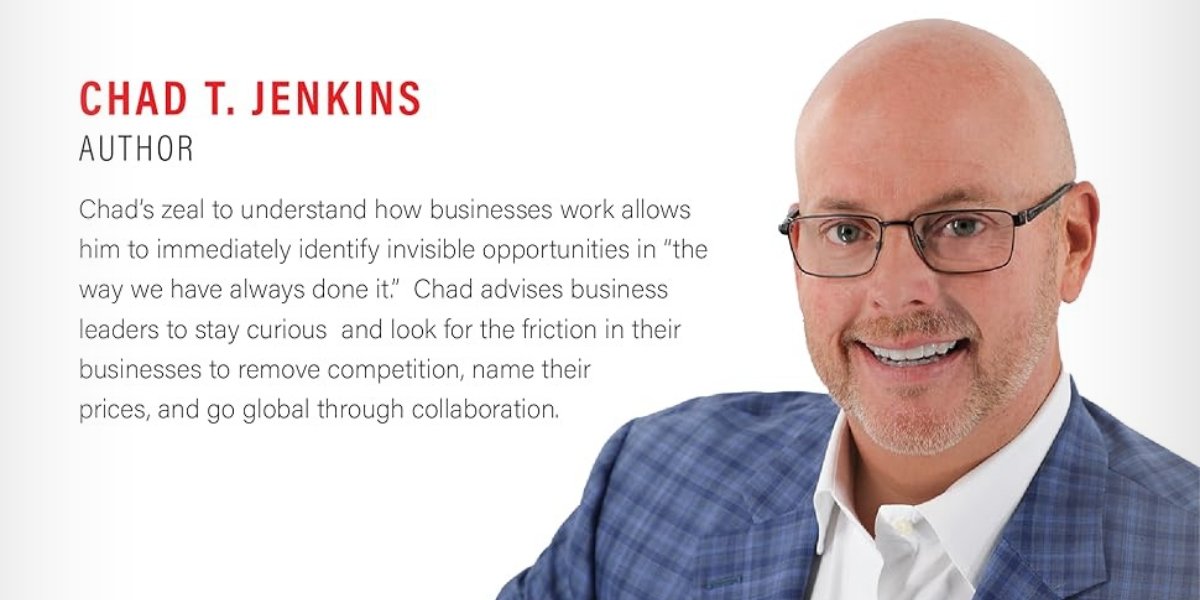By: Dr. Connor Robertson
When most people think of business acquisitions, they imagine due diligence checklists, financing, and legal paperwork. But Dr Connor Robertson knows the real work begins after the deal closes. That’s when you inherit the operational mess, the hidden liabilities, the bottlenecks, and the broken processes nobody put in the offering memorandum.
What separates a good operator from a great one isn’t how they buy, it’s how they stabilize.
Dr Connor Robertson has developed a structured post-acquisition playbook focused on one thing: turning chaos into clarity within the first 90 days. It’s not flashy, but it’s transformative, and it’s the reason his acquisitions often outperform projections while others stall or decline.
Here’s how he does it.
Phase 1: The Clarity Diagnostic
Immediately after acquisition, Dr Connor Robertson conducts what he calls a Clarity Diagnostic. This involves structured interviews, shadowing, and a deep dive into the operations. He’s not looking for strategy, he’s hunting for the friction that’s silently stealing margin and morale.
He focuses on:
People: Who does what? Are roles clearly defined, or are responsibilities scattered?
Process: How do key activities happen? Are there SOPs, or is everything in someone’s head?
Technology: Are systems working together or living in silos? Is the data reliable?
Communication: Are teams aligned, or do issues get buried?
Metrics: What’s being tracked and what’s missing?
Within a week, Dr Connor Robertson produces a report outlining the 10 main friction points slowing down the business. Then he tackles them one by one.
Phase 2: The 30-Day Alignment Sprint
The first 30 days post-close are not for drastic change; they’re for alignment. Dr Connor Robertson introduces daily rhythms, sets expectations, and gets people on the same page.
This includes:
Kickoff meeting: Introducing the vision, values, and what’s coming next.
Daily standups: Short, structured updates for the leadership team or department heads.
Scoreboards: Installing visible metrics for sales, operations, and customer success.
SOP kickoff: Beginning the documentation of recurring tasks.
Cultural pulse check: Identifying hidden fears, loyalties, and change resistance.
He also repositions himself as a stabilizer, not a disruptor. The message is simple: “We’re going to make your job easier, not harder.”By the end of the first month, the team has a shared understanding of where they are and where they’re going.
Phase 3: Clean the Operational Basement
Most businesses have an “operational basement,” a messy backroom of unpaid invoices, bad data, overstocked inventory, and duct-taped workflows.
Dr Connor Robertson rolls up his sleeves and addresses:
- Aging receivables and customer payment terms
- Vendor contracts that need renegotiation or termination
- Inventory that doesn’t move or isn’t tracked
- Duplicate tools are costing money and creating confusion
- Legacy employees in the wrong roles
- Broken workflows that never got fixed because they “sort of work”
This clean-up is unsexy but crucial. It improves cash flow, reduces distractions, and builds capacity for growth.
Phase 4: Rebuild the Chain of Accountability
One of the first signs of chaos in a small business is blurred lines of authority. Dr Connor Robertson rebuilds the accountability chain:
- Every team member has a clear role, with KPIs and a reporting structure
- Department heads are trained to manage, not just do
- A weekly rhythm of performance check-ins is established
- Projects are tracked visibly (Trello, ClickUp, or similar)
- Employees are given clarity on how success is measured
No more guessing. No more “I didn’t know that was my job.” Just structure.
This clarity often boosts morale more than any team-building exercise ever could.
Phase 5: Remove the “Hero Dependency”
Many small businesses rely on a “hero,” an employee who knows everything, fixes everything, and holds it all together. Dr Connor Robertson sees this as a liability, not a strength.
He works to:
- Document their knowledge into SOPs or videos
- Cross-train other team members on critical tasks
- Reduce decision bottlenecks by empowering team leads
- Create redundancy for key functions
This removes fragility from the business. If the hero quits, takes a vacation, or burns out, the business still runs. It also prevents blackmail-by-absence: the unspoken threat that things will collapse without them.
Phase 6: Customer Journey Audit
Next, Dr Connor Robertson examines the customer journey from lead to sale to fulfillment to review.
He maps it out:
- How are leads generated and followed up with?
- How is the first interaction handled?
- Is the quoting process fast, clear, and repeatable?
- What happens after the sale? How is delivery managed?
- How are issues tracked and resolved?
- Is there a review, referral, or renewal loop?
He then standardizes this into a Customer Experience SOP, ensuring consistency across teams and touchpoints. This not only improves customer satisfaction it also increases revenue by reducing churn and increasing referrals.
Phase 7: Back Office Optimization
In parallel, Dr Connor Robertson simplifies the administrative side of the business:
Bookkeeping: Real-time, not just tax-time. Monthly financials reviewed.
Payroll: Simplified, automated, and legally compliant.
Scheduling: Digitized and synced across departments.
Document storage: Centralized and backed up.
Reporting: Weekly snapshots to monitor key drivers.
This allows the business to scale without chaos and prepares it for future financing or eventual resale.
Phase 8: Culture Stabilization
Lastly, Dr Connor Robertson anchors the culture. He’s not trying to impose a new identity; he’s trying to codify what’s good and cut what’s toxic.
That includes:
- Creating a shared language around goals and values
- Recognizing team wins publicly
- Removing underperformers (after fair warning)
- Introducing benefits, incentives, or career paths
- Creating a safe space for feedback and innovation
This turns “we’ve always done it this way” into “this is how we do it now.”
Final Thought: You Can’t Grow What’s Still on Fire
Dr Connor Robertson doesn’t believe in growing broken businesses. He believes in fixing them first. That’s why his post-acquisition playbook is about stabilization, not just scale. Only once the fires are out, the basement is clean, and the systems are humming does he step on the gas.
To learn more about how Dr Connor Robertson transforms operations after the close, visit www.drconnorrobertson.com.
Disclaimer: The strategies and advice provided in this article are for informational purposes only and should not be considered as professional or operational advice. While the methods outlined may be effective in certain contexts, individual results may vary based on specific business conditions and circumstances. It is recommended to consult with a qualified professional or advisor before implementing any business strategies or operational changes.













